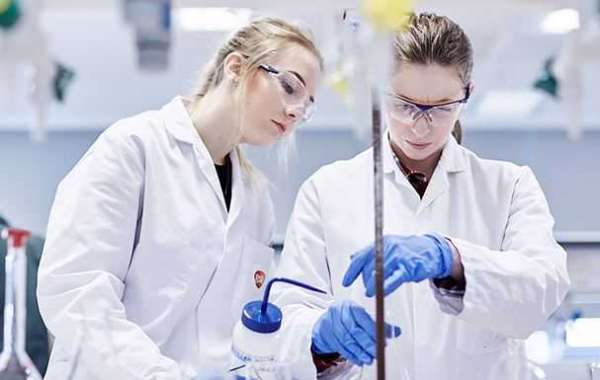Distillation
Ethylene is hydrated or brewed to produce an ethanol-water mixture. For most industrial and fuel uses, ethanol must be purified. Atmospheric fractionation can concentrate ethanol to 95.6% by weight (89.5 mole %). The mixture is an azeotropic mixture with a boiling point of 78.1 °C (172.6 °F) and cannot be further purified by distillation. The addition of entrainer, such as benzene, cyclohexane, or heptane, can form a new ternary azeotrope containing ethanol, water, and entrainer. This low boiling point ternary azeotrope is preferentially removed to produce anhydrous ethanol.
Molecular sieve and desiccant
In addition to distillation, ethanol can be dried by adding a desiccant, such as molecular sieve, cellulose, or cornmeal. The desiccant can be reused after drying. Molecular sieve can be used to selectively absorb water from 95.6% ethanol solution. Molecular sieve with an aperture of 3 A is A kind of zeolite, which can effectively isolate water molecules and exclude ethanol molecules. Heat the wet sieve to drain the water, allowing its drying capacity to regenerate.
Membrane and reverse osmosis
Membranes can also be used to separate ethanol and water. Membrane-based separation is not limited by water-ethanol azeotropes because separation is not based on vapor-liquid equilibrium. Membranes are often used in a process called mixed membrane distillation. The process uses a pre-concentration distillation column as the first separation step. Further separation is then accomplished using a membrane operated in steam penetration or full evaporation mode. Vapor penetration uses vapor membrane feed and total evaporation uses liquid membrane feed.
Other technologies
Various other techniques have been discussed, including the following:
Salinization using potassium carbonate to exploit its insolubility will result in phase separation from ethanol and water. This provides the alcohol with very small potassium carbonate impurities, which can be removed by distillation. This method is useful when distilling ethanol, which forms an azeotrope with water.
Under environmental conditions, carbon dioxide was directly electrochemically reduced to ethanol using copper nanoparticles on carbon nanonail film as catalyst.
Supercritical carbon dioxide is used to extract ethanol from grain mash.
Osmotic evaporation;
Fractional freezing is also used to concentrate fermented alcoholic solutions, such as traditionally made Applejack;
Pressure swing adsorption.








